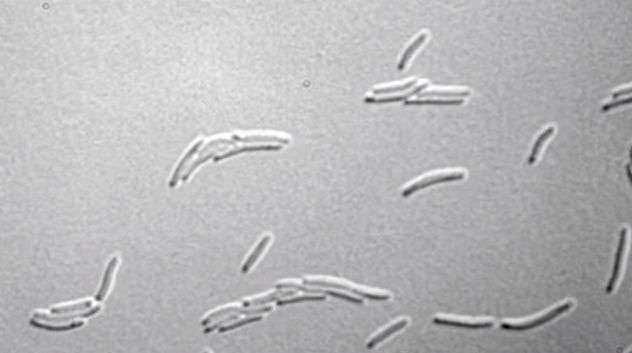Study reports multidrug resistant bacteria found in hospital sinks

Many recent reports have found multidrug resistant bacteria living in hospital sink drainpipes, putting them in close proximity to vulnerable patients. But how the bacteria find their way out of the drains, and into patients has been unclear. Now a team from the University of Virginia, Charlottesville, has charted their pathways. The research is published February 24 in Applied and Environmental Microbiology, a journal of the American Society for Microbiology.
"Our study demonstrates that bacterial spread from drainpipes to patients occurs via a staged mode of transmission," said principal investigator Amy Mathers, MD, Associate Professor of Medicine and Pathology, Division of Infectious Diseases and International Health.
Initially, the bacteria colonize the elbows of the drain pipes. The investigators showed that from there, the colonies grow slowly towards the sink strainers—at the rate of roughly one inch per day, said Mathers. Given the distance in typical hospital sinks of elbows below the sink bowls, it frequently takes a week for the colonies to reach the sink strainers. From there, bacteria quickly get splattered around the sink, and even onto the counters surrounding the sinks, where they can be picked up by the patients.
The project grew out of the knowledge that patients are dying from infections with multidrug resistant bacteria that they acquire while hospitalized. In a review Mathers' team conducted with Alice Kizny Gordon, MBBS (a degree that is common in UK and is like MD) and colleagues of the University of Oxford, UK, they found more than 32 papers describing the spread of bacteria resistant to carbapenem—an important antibiotic—via sinks, and other reservoirs of water within hospitals. Half of those papers have appeared since 2010.
In many parts of the world, hospitals are ill-equipped to cope with these superbugs, as in many cases there are few treatment options, said Mathers. "We wanted to better understand how transmission occurs, so that the numbers of these infections could be reduced," she said.
The work entailed building what Mathers said is "the only sink lab we are aware of in the US." The lab contains five identical sinks, modeled after the most common ICU sink in the University of Virginia's hospital in Charlottesville. The experimental bacteria are Escherichia coli, which commonly harmlessly inhabit the human intestinal tract. They can acquire both pathological genes, and antibiotic resistance genes, and become superbugs.
Mathers et al. are now using the sink lab to conduct a follow-up study, in collaboration with the Centers for Disease Control and Prevention. The goal is to determine precisely how the pathogens reach the patients, said Mathers. "This type of foundational research is needed to understand how these bacteria are transmitted so that we can develop and test potential intervention strategies that can be used to prevent further spread.
















